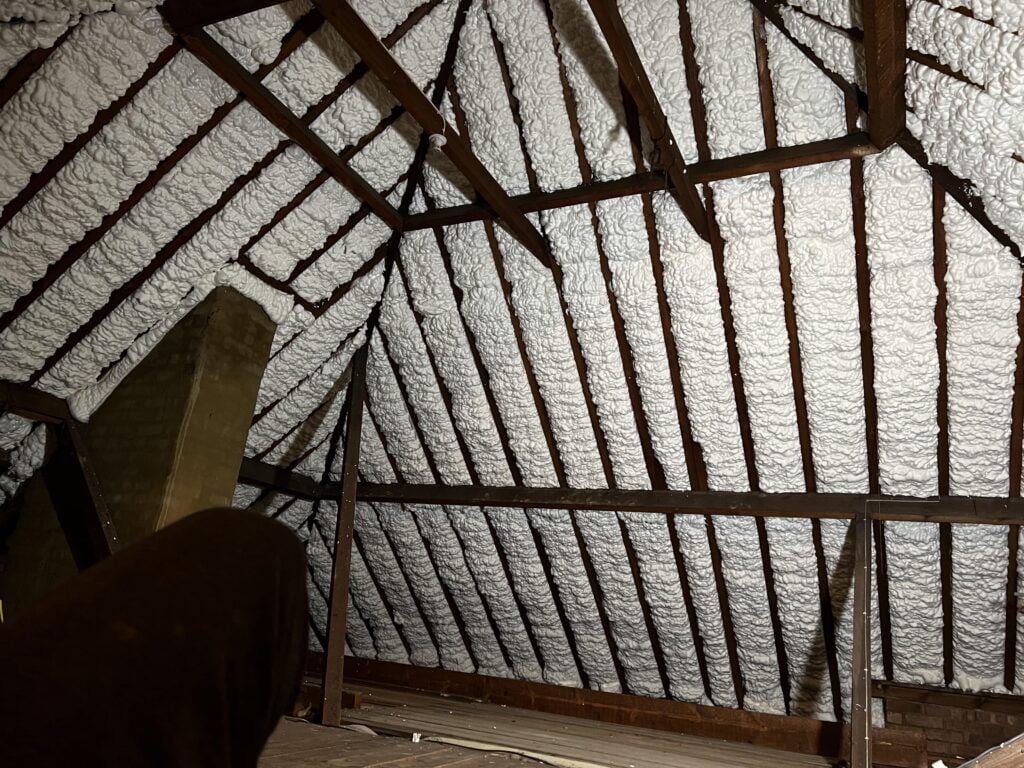Exploring the Composition and Benefits of Roof Insulation Materials

Roof insulation plays a crucial role in maintaining a comfortable and energy-efficient living environment. It helps regulate indoor temperature, reduce energy consumption, and minimize heat loss or gain. But have you ever wondered what roof insulation is made of? In this article, we will delve into the composition of roof insulation materials, exploring their unique properties and benefits.
- Fiberglass Insulation:
Fiberglass insulation is one of the most common types used in roof insulation. It is composed of fine glass fibers that are tightly woven together. These fibers are made primarily from recycled glass and sand, which are melted and spun into thin strands. The resulting material is lightweight, flexible, and resistant to moisture. Fiberglass insulation offers excellent thermal performance, effectively reducing heat transfer and preventing energy loss. - Cellulose Insulation:
Cellulose insulation is another popular choice for roof insulation. It is made from recycled paper products, such as newspapers and cardboard, which are treated with fire-retardant chemicals to enhance safety. The cellulose fibers are finely shredded and densely packed, forming a highly effective insulating material. Cellulose insulation offers superior soundproofing capabilities, as well as excellent resistance to pests and mold. - Spray Foam Insulation:
Spray foam insulation is a versatile option that provides exceptional thermal insulation properties. It is composed of a mixture of polyurethane and isocyanate, which are combined and sprayed onto the roof surface. The foam expands and hardens, creating a seamless and airtight barrier. Spray foam insulation offers excellent resistance to moisture, air leakage, and thermal bridging. It can be applied to various roof types, including flat and sloped roofs, providing optimal insulation performance. - Reflective Insulation:
Reflective insulation is designed to reflect radiant heat away from the roof surface. It consists of a layer of aluminum foil or metallic film, often laminated with other materials such as foam or bubble wrap. This type of insulation is particularly effective in hot climates, as it helps reduce heat gain and keeps the interior cooler. Reflective insulation can be installed under the roof or on top of the existing insulation, enhancing its thermal performance.
Conclusion:
Roof insulation materials come in various forms, each with its unique composition and benefits. Fiberglass insulation offers excellent thermal performance, while cellulose insulation excels in soundproofing and pest resistance. Spray foam insulation provides a seamless and airtight barrier, and reflective insulation helps mitigate heat gain. By understanding the composition and properties of these materials, you can make an informed decision when choosing the most suitable roof insulation for your needs.



